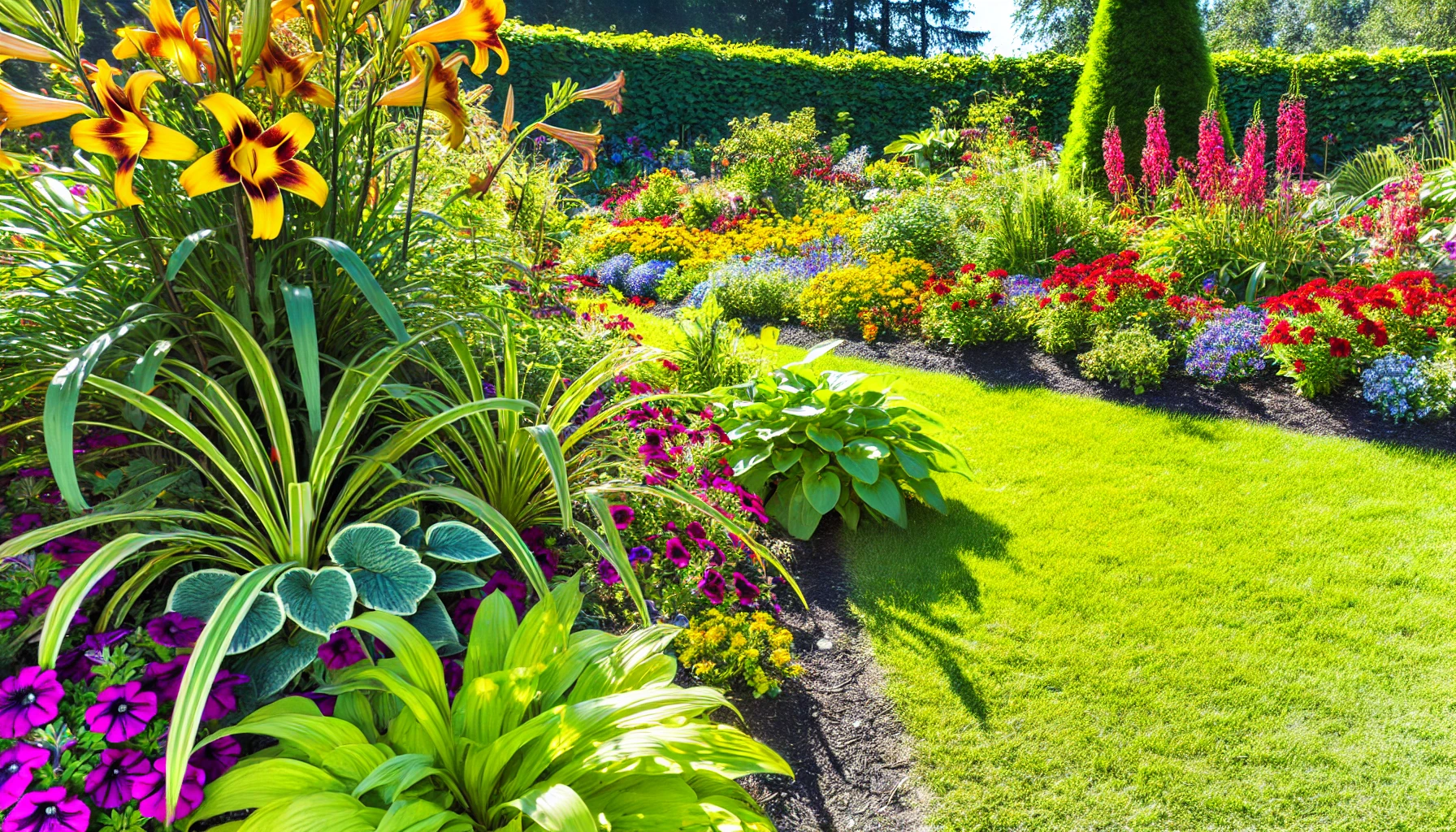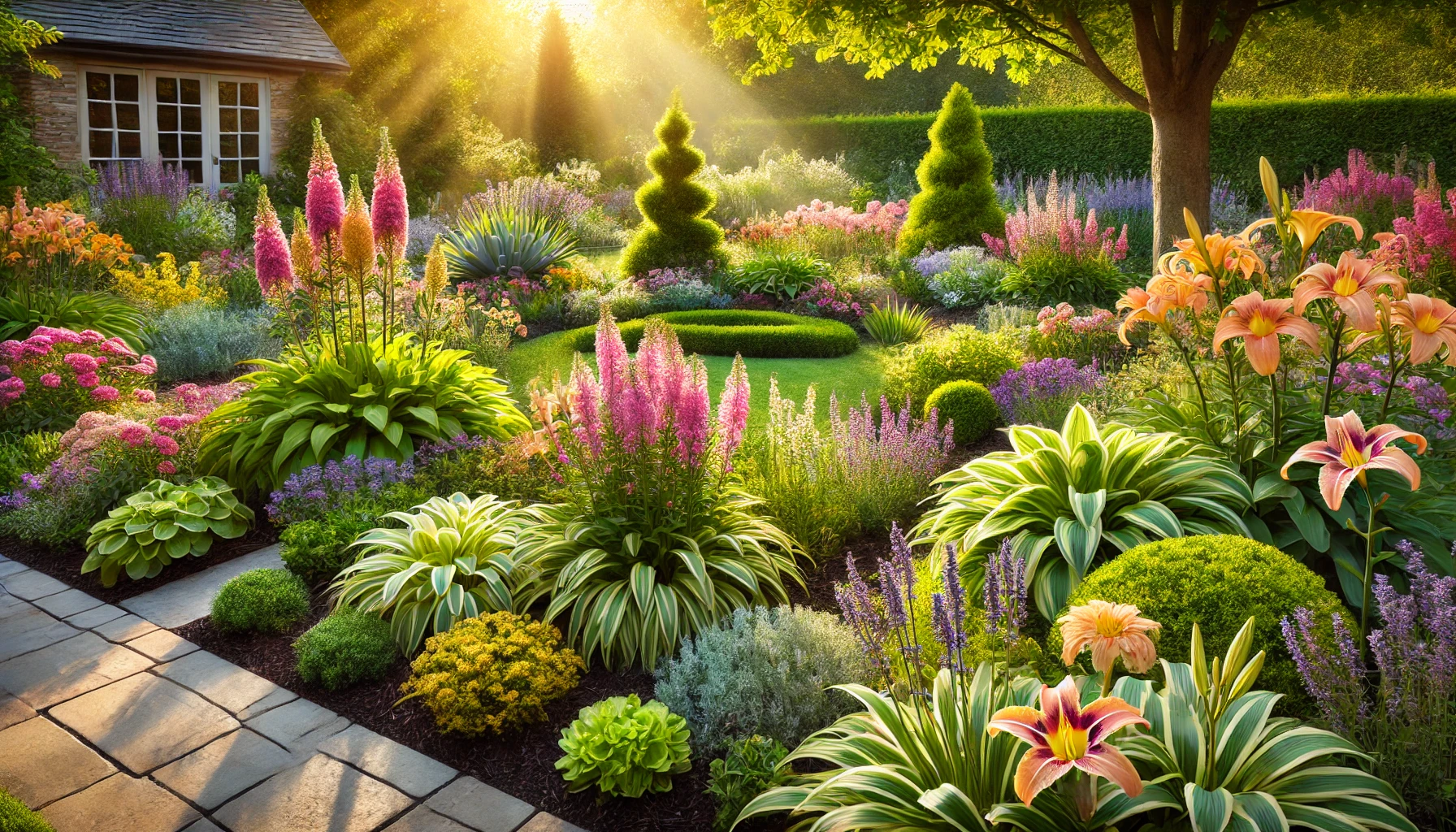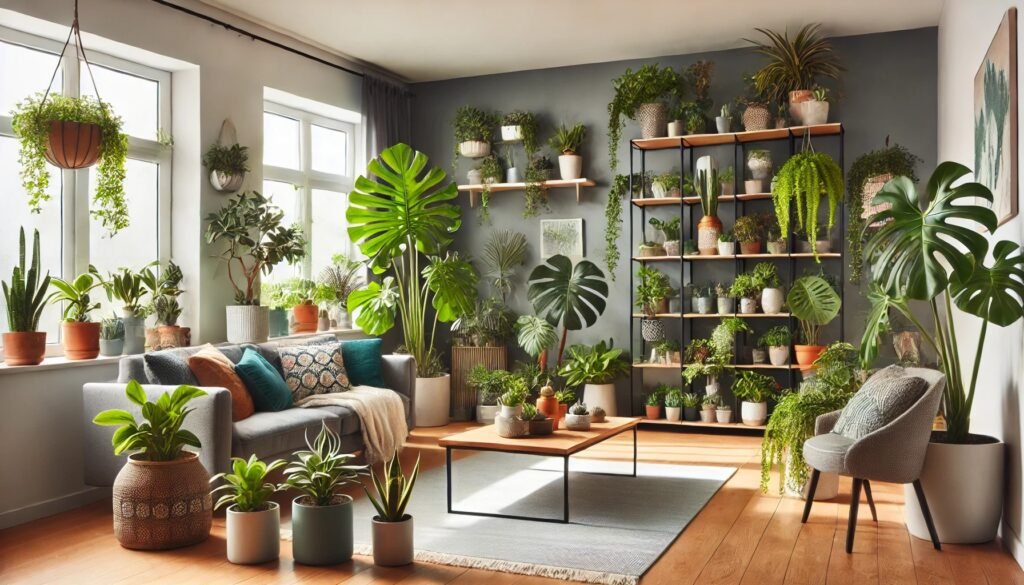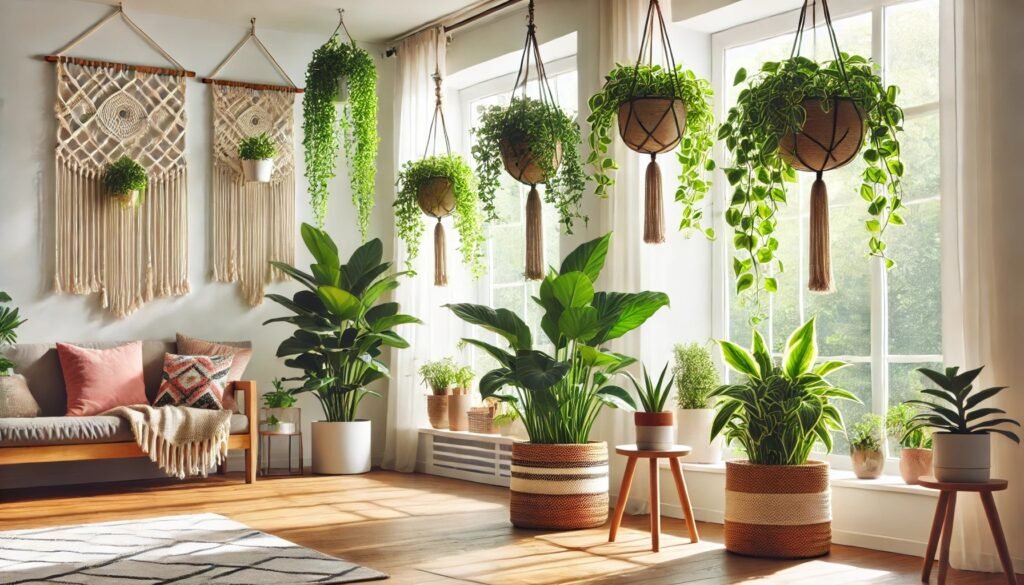
If you’re just starting your gardening journey, you’ve probably come across the terms “perennial” and “annual”. But what do they really mean, and which type of plant is best for your garden? This guide breaks down the differences and helps you decide which is best suited to your garden style and needs. By understanding the pros and cons of each, you can create a beautiful and thriving outdoor space.
What Are Perennials and Annuals?
Let’s begin with the basics.
- Perennials are plants that live for more than two years. They grow, bloom, and go dormant, only to return the next year without replanting. Some can last for decades with proper care.
- Annuals, on the other hand, complete their life cycle in a single growing season. After they bloom, they die, and you’ll need to replant them the following year.
Perennials are often considered the backbone of the garden. Their consistency and low-maintenance nature make them a favorite among many gardeners. Annuals, however, are prized for their vibrant colors and ability to fill gaps in the garden quickly.
Perennial Plants: The Garden’s Long-Term Investment

If you’re after long-lasting beauty, perennials may be the way to go. These plants offer stability and require less effort over time.
Advantages of Perennials
- Low maintenance: Since they return year after year, you don’t need to worry about replanting every season.
- Cost-effective: While perennials may cost more initially, they save money in the long run because they last for many years.
- Seasonal diversity: Different perennials bloom at various times of the year, giving your garden something new to admire each season.
However, perennials take time to mature. You may not get instant results, but the reward is worth the wait.
When Perennials Are the Better Choice
Perennials are ideal if you want a garden that evolves slowly over time. If you’re looking for plants that provide structure, texture, and year-round interest, perennials are a smart investment. They also work well in areas where you want to avoid regular planting, such as borders, foundation plantings, or around trees.
Common perennial favorites include hostas, daylilies, and peonies. These plants offer a consistent presence, often becoming the stars of the garden as they mature.
Annual Plants: Bursts of Color in One Season

While perennials provide structure, annuals bring energy and instant color to your garden. They’re perfect for gardeners who like to switch things up each year.
Advantages of Annuals
- Instant impact: Annuals grow quickly and provide bright, bold blooms within weeks of planting.
- Flexibility: Since they only last one season, you can experiment with new plants and designs every year.
- Continuous bloom: Many annuals, like petunias and marigolds, flower all season long, providing non-stop color until the first frost.
Annuals are great for filling in bare spots or creating a splash of color in containers or hanging baskets.
When Annuals Shine
Annuals are your best bet if you love experimenting with new colors and varieties every year. They’re perfect for beginners because they grow fast and are generally easy to maintain. If you have a small garden or prefer container gardening, annuals will give you that instant pop of color without a long-term commitment.
Gardeners often choose annuals like geraniums, impatiens, and zinnias for their fast growth and vibrant displays.
Comparing Perennials and Annuals for Different Garden Styles
When deciding between perennials and annuals, consider your garden style and how much time you want to invest in planting and care.
Low-Maintenance Gardens
If you want a low-maintenance garden that requires minimal effort once established, perennials are the way to go. You can plant them once and enjoy them for years with little fuss. They also provide a natural look that blends seamlessly with the landscape.
Annuals, while beautiful, require replanting each year, which can become time-consuming. However, if you enjoy spending time in the garden and refreshing your space with new colors, annuals can be a rewarding option.
Gardens with Year-Round Interest
For gardeners looking to maintain year-round interest, a combination of perennials and annuals is often the best solution. Perennials provide structure and consistency, while annuals add that seasonal flair and variety.
For example, planting perennials like lavender or ornamental grasses provides a strong foundation, while adding annuals like pansies or snapdragons gives a burst of seasonal color.
Budget-Friendly Options
If you’re working with a limited budget, perennials might seem like a bigger upfront investment, but they save you money over time. Their ability to return year after year means you won’t need to purchase new plants each season.
On the other hand, annuals are more affordable initially and are ideal if you’re looking to refresh your garden with new plants each year without committing to long-term maintenance.
Best Practices for Growing Perennials and Annuals Together
For the best of both worlds, many gardeners opt to combine perennials and annuals in the same garden. This approach allows you to enjoy the stability of perennials while mixing in the colorful excitement of annuals.
Plan for Bloom Times
One of the keys to a successful mixed garden is planning for bloom times. You can stagger the flowering of perennials and annuals to ensure something is always in bloom. For example, plant spring-blooming perennials like tulips alongside summer-flowering annuals like cosmos.
Layer Your Plants
Consider layering your plants by height and bloom time. Place taller perennials at the back of garden beds and shorter annuals in front. This creates a lush, full appearance and ensures every plant gets its moment to shine.
Keep Soil Conditions in Mind
Perennials and annuals often have different soil and water requirements. Be sure to group plants with similar needs together. This will help simplify your watering and fertilizing routines.
Common Problems with Perennials and Annuals
Both perennials and annuals can face challenges in the garden. Here are a few common issues to watch for and how to remedy them.
- Perennials may take time to establish: Don’t be discouraged if your perennials don’t take off immediately. They often focus on root development in the first year and won’t hit their stride until the second or third season.
- Annuals need regular feeding: Since annuals grow quickly, they often require more frequent fertilizing than perennials. Use a balanced fertilizer every few weeks to keep them blooming.
- Pests and diseases: Both types of plants can attract pests or suffer from diseases. Regularly inspect your garden and treat problems early with natural or chemical solutions.
Final Thoughts
Whether you choose perennials, annuals, or a combination of both, your garden will reflect your personal style and preferences. Perennials offer longevity and low-maintenance beauty, while annuals provide vibrant, short-term color and variety. By understanding the strengths of each, you can design a garden that suits your needs and brings joy year after year. Happy gardening!
Stay connected with the world of plants! Subscribe to Phylofy for expert gardening tips, DIY projects, and eco-friendly inspiration. Join our community and nurture your love for nature. Don’t miss exclusive content and updates. Subscribe now!



